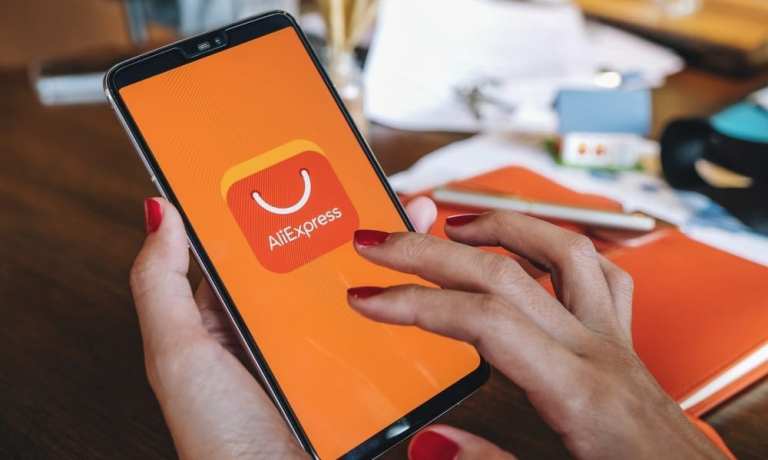
That Alipay is moving into Europe — and looking to support the millions of Chinese and Southeast Asian tourists who travel there annually for business and pleasure — is far from a secret. It is, in fact, an ongoing goal of the last several years — and represents a smaller sliver of the mobile payments brand’s larger vision to build a global payments network for its hundreds of millions of (mostly mainland China-based) active consumers.
Earlier this week Alipay’s European head Roland Palmer noted at an industry event that those efforts are thus far paying off — the number of merchants who have integrated the mobile and online payments platform has tripled over the last year.
“We’re talking about tens of thousands of merchants who are really excited about the opportunity that Alipay provides them to tap into those wealthy and middle class consumers who are traveling to see the world and want to buy great brands from Europe,” Palmer noted.
And, with the various reports out this week, it seems that those efforts are on the verge of expanding — and picking up speed.
QR Codes Big Break On The European Stage
While QR codes have been around for nearly two decades and have shown up in various payments pilots and retail experiments, they’ve had some trouble gaining real traction among consumers. NFC technology — both in phone-based mobile payments and contactless card tech — has mostly been the winner when it comes to western consumer affections.
But QR might be on the verge of its big European break, care of an assist from Alipay — news emerged this week that the Chinese mobile payments giant will be partnering with six regional European mobile wallet providers to develop an interoperable QR code that would allow payments across platform and national borders.
Participating wallets so far include Bluecode (Austria), ePassi (Finland), Momo Pocket (Spain), Pagaqui (Portugul), Pivo (Finland), and Vipps (Norway).The system will connect approximately 5 million mobile wallet users spread across European nations from Finland to Portugal to roughly 700 million Alipay users worldwide. When complete, users of the six participating European digital wallets will be able to make QR code-based payments with their home apps to local merchants in ten European countries where those apps are accepted — as well as any place on Earth Alipay is accepted.
“This unique cooperation is a testament to how collaboration in Europe can simplify the market for businesses and users to create a better outcome for everyone,” says Rune Garborg, CEO of Vipps, noting that the collaboration as it is being built is designed to expand to include other nations and mobile wallets over time.
The scope and ambitions of the project to create a QR-based mobile wallet connection have led some to speculate that the collaboration — backed by Alipay’s built-in scale — could be a threat to the Visa and Mastercard networks that “dominate digital payments in the West.”
Notably, however, participants in the scheme don’t tend to view it as a play by the mobile wallet providers to cut out the card networks and the banks — rather, according to Christian Pirkner, CEO of Blue Code International, the collaboration is a method by which European banks and the card networks can better tie into an integrated mobile payments offering.
And while it is a network that is not reliant on the Visa and Mastercard rails, Pinker noted, the reality is most western consumers who use a mobile wallet do so by linking a branded credit or debit card to it.
“It’s just a network of payment wallets doing payments together,” Masood Arai, vice president of payment at ePassi, told Quartz.
Just a network of payments wallets anchored by a digital payments player powerful enough to leapfrog the entire card form factor in China that is now building powerful inroads all over the world.
Probably nothing for any established player to worry about there at all…
And speaking of inroads….
Supporting The Soccer Lifestyle
This week the Union of European Football Associations (UEFA) announced that it will partner with Alipay to offer enhanced fan engagement and digital ticketing capacity. Those new offerings will be delivered by a “lifestyle account” designed as a portal to updates and exclusive content on team competitions, as well as a ticketing hub for the upcoming Euro 2020 competition.
That is a first for UEFA, which has never before allowed digital ticketing outside its home site. The program was developed this year in response to increasing demand from Chinese soccer fans, who will now be able to start purchasing their event tickets on June 13th.
“There is a real appetite amongst Chinese football fans for UEFA’s national team competitions, where they have the chance to see some of the best players on the planet in action,” Guy Laurent-Epstein, director of marketing for UEFA, said in the release. “We want to be in a position to give our fans premium content in their own language and our new partnerships with Alipay allow us to do exactly this.”
Alipay and UEFA are not new to collaboration; in late 2018 the two signed an eight-year deal that makes Alipay the official digital wallet, FinTech partner and global payment partner of the sports league.
“We feel extremely delighted to be able to provide an innovative and inclusive solution in digital fan engagement, providing Chinese fans with more native experiences,” Sabrina Peng, chief marketing officer at Alipay parent Ant Financial, noted.
So what is the lesson to learn from Alipay’s expensive actions this week?
It is always wise to keep an eye on Alipay and where in the world it is going next — even if it is easy to consider it a Chinese mobile payment method purely expanding to follow Chinese sports fans and tourists as they travel the world. Integrating with the local methods and entertainment indicates that perhaps they are also hoping to reach out and touch some new customers on some very different ground.